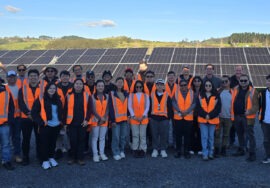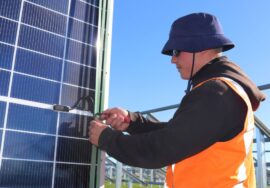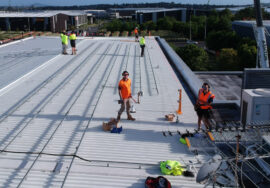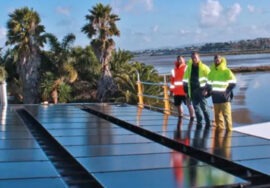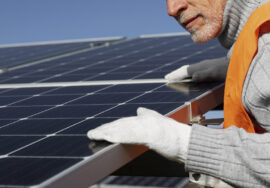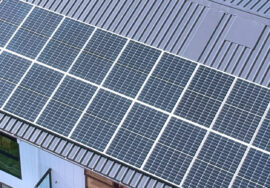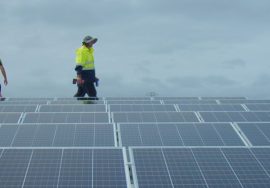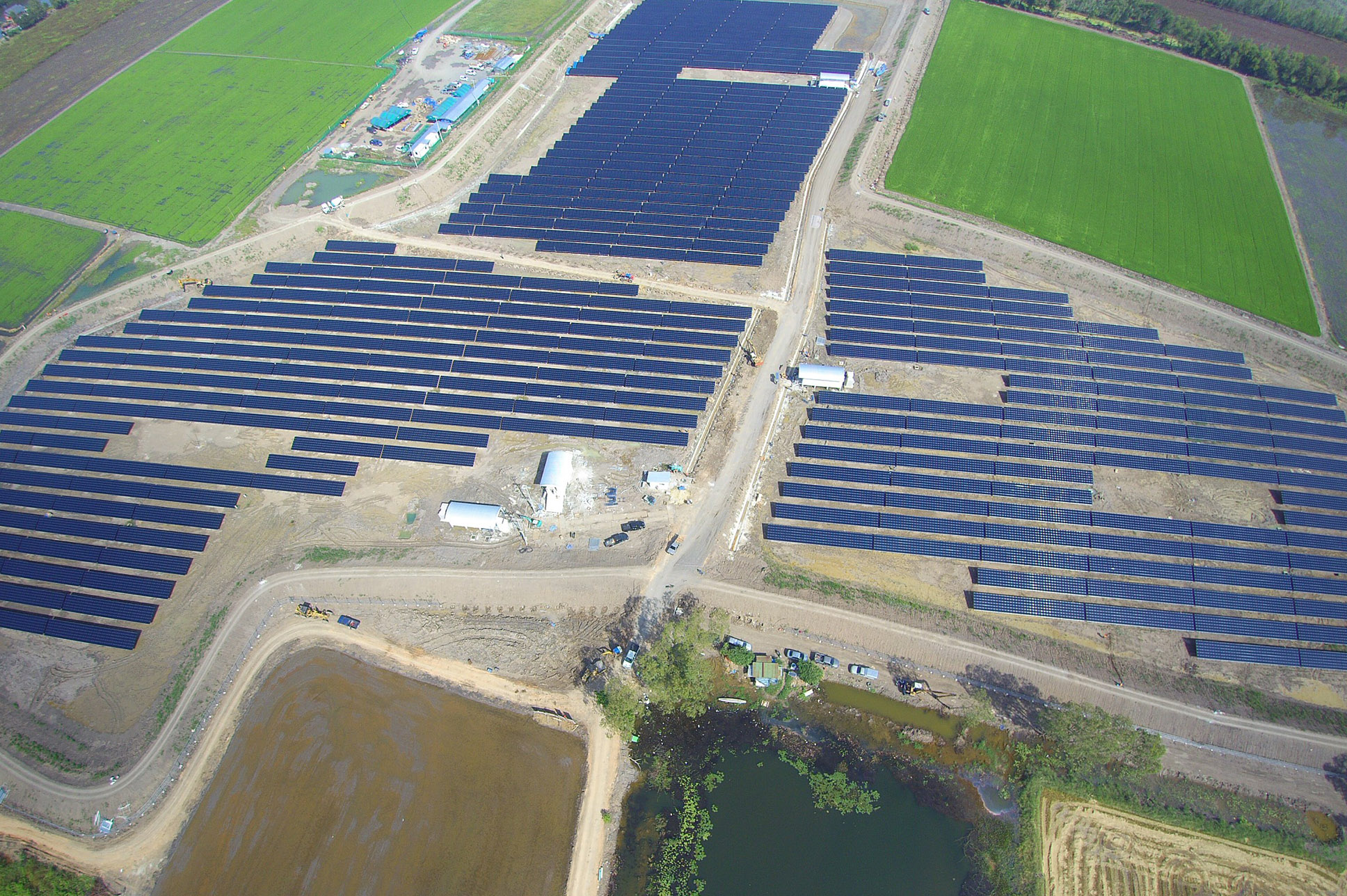
The benefit of solar farms
A solar farm is a large area installed with multiple ground-mount solar tracking towers.
Solar farms are different from building-mounted and other decentralized solar energy applications as they provide solar power to utilities rather than for local grids. The size of solar plants available in utility-scale solar farms ranges from 10 MW to more than 200 MW.
Reports state that approximately 25 acres of land is required for every 5 MW installations that can power 1515 houses.
Solar farms cover a large area of land, and hence they are commonly developed in rural areas. Thorough planning procedures are required to get approval for the construction of solar farms.
Planning includes consideration of the suitability of the site, relevant renewable energy targets and any impact on the locality.
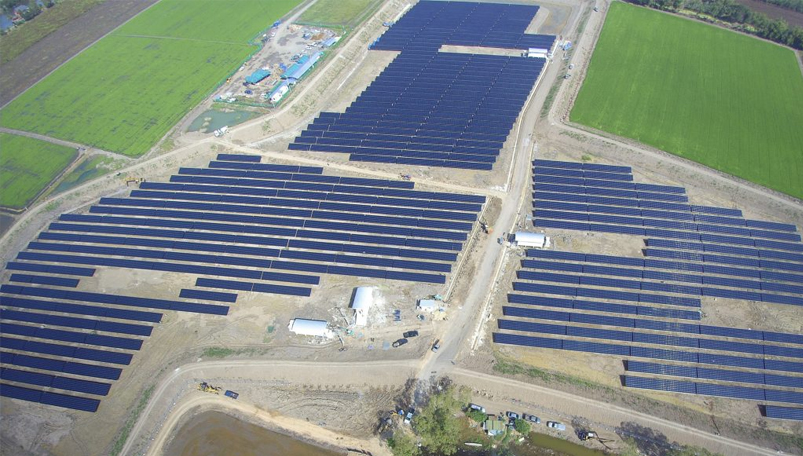
HOW DO SOLAR PANELS WORK?
The science behind solar panels is simple; they allow photons/particles of light to come through and knock electrons free from atoms. This generates a flow of electricity that can be stored and used to create energy.
Solar panels also have smaller units called photovoltaic cells – many cells linked together to create one board. A photovoltaic cell converts sunlight into energy.
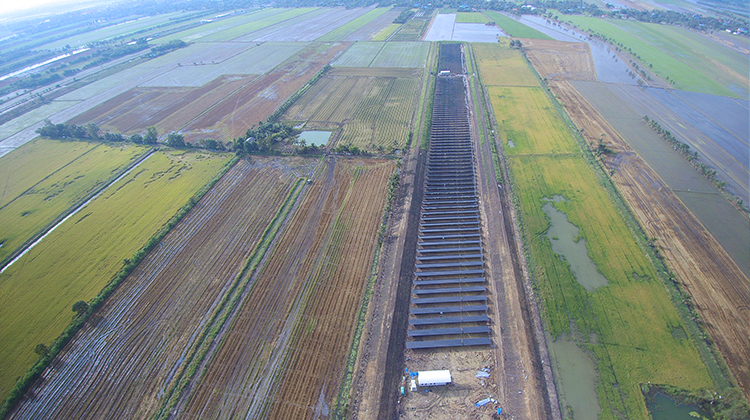
WHAT IS A SOLAR FARM?
Solar farms are large scale solar installations where photovoltaic (PV) panels, referred to as solar panels, or other means of collecting solar energy, like concentrating solar systems are used to harvest the suns power. They’re different than rooftop solar systems and even commercial solar power systems in a number of important ways.
Solar farms are also known as solar parks and solar power stations. They operate as power plants, just like a natural gas power plant or other sources of energy generation that have generated electricity for consumers for the last century.
Unlike residential and commercial systems, they’re decentralized and usually consist of ground-mounted solar panels installed across large areas. In most cases instead of providing power to a local end-user like a homeowner or business solar farms provide power to the electric grid and are part of the utility’s energy mix. There are different types of large solar projects, like community solar farms and utility-scale solar farms. Some solar projects, like those built to power data centers or other large users of solar power, have solar farms built purely for their use—sometimes onsite, sometimes offsite.
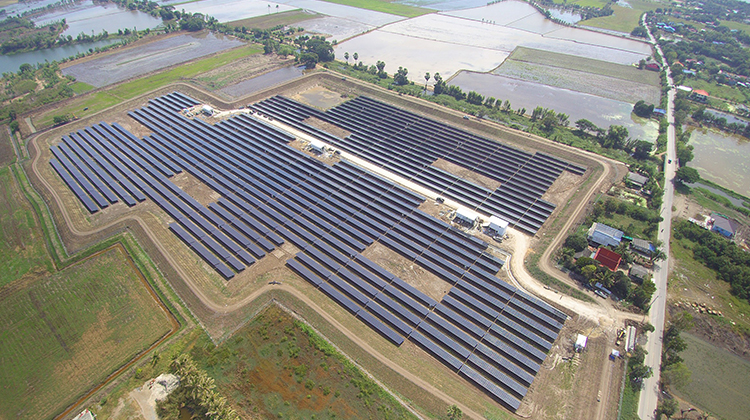
THE BENEFITS OF A SOLAR FARM
Solar farms produce safe and locally produced energy. They come with several benefits that might turn you on to buying your solar panels.
- The land used for constructing solar farms provides a better habitat for wildlife and plants. The land around the solar panels is generally grassland that can be maintained with hedges. Alternatively, animal grazing between the rows of installed panels and in the ground under the panels is also possible
- Solar farms receive a great return on investment, mainly when electricity bill savings, maintenance costs and reassurance of guaranteed income are considered. Solar feed-in-tariffs are applicable in some instances. Recent advancements and cost reductions such as financing incentives in addition to the reduction in costs to build solar panels will further make solar farming easier than before
- Components in solar farms have no moving parts, and the inverters are housed in sound-proofed boxing. Hence, there is hardly any noise generated from solar farms. Solar farms can be constructed very close to load centers as they are minimally disruptive to the local environment. This not only reduces the transmission difficulty, but also improves the efficiency of solar panels by reducing line losses
- Solar farms are the most direct way to reduce carbon emissions that contribute to global warming. Besides producing renewable energy, solar farms feed surplus power to the mains grid thereby distributing clean energy
- These farms are often constructed with cameras and security fences to secure solar panels. Solar farm installation does not increase flood risk. However, developers may use stable materials that aim at preventing soil compaction during the construction of solar farms preventing soil compaction during the construction of solar farms
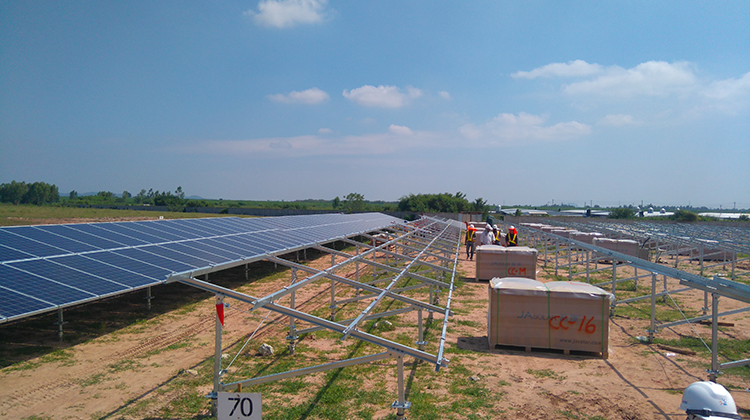
Conclusion
Solar energy is a clean, safe and renewable source of energy. Solar farms are a relatively effective and unobtrusive way of generating electricity. The only drawback with this technology is that solar farms occupy large space and are pricey. However, the benefits of solar farms far outweigh their high installation costs and other limitations.
With innovative ideas from various scientists being developed to combat the limitations, solar farms could likely be the future of global energy sources. Scientists have also predicted that solar energy will contribute to a quarter of the world’s energy in the not too distant future.
ABOUT TRILECT SOLAR
Trilect Solar is a division of Trilect Services, New Zealand’s master electrician since 1997.
We are members of the Sustainable Energy Association of New Zealand (SEANZ) which offers additional peace of mind to our customers.
Trilect Electrical Services is a large electrical service company which is a member of the Master Electricians & Mastercraft network with 40 employees and a 20+ years history of customer satisfaction.
We do not use sub-contractors. All of the installations will be carried out by our experienced team.
Trilect Solar offers a customised energy plan that works for your home/ business.
Get started now by booking a free on-site consultation.
Request Your On-site Consultation
Or call us on (09) 271 2493

